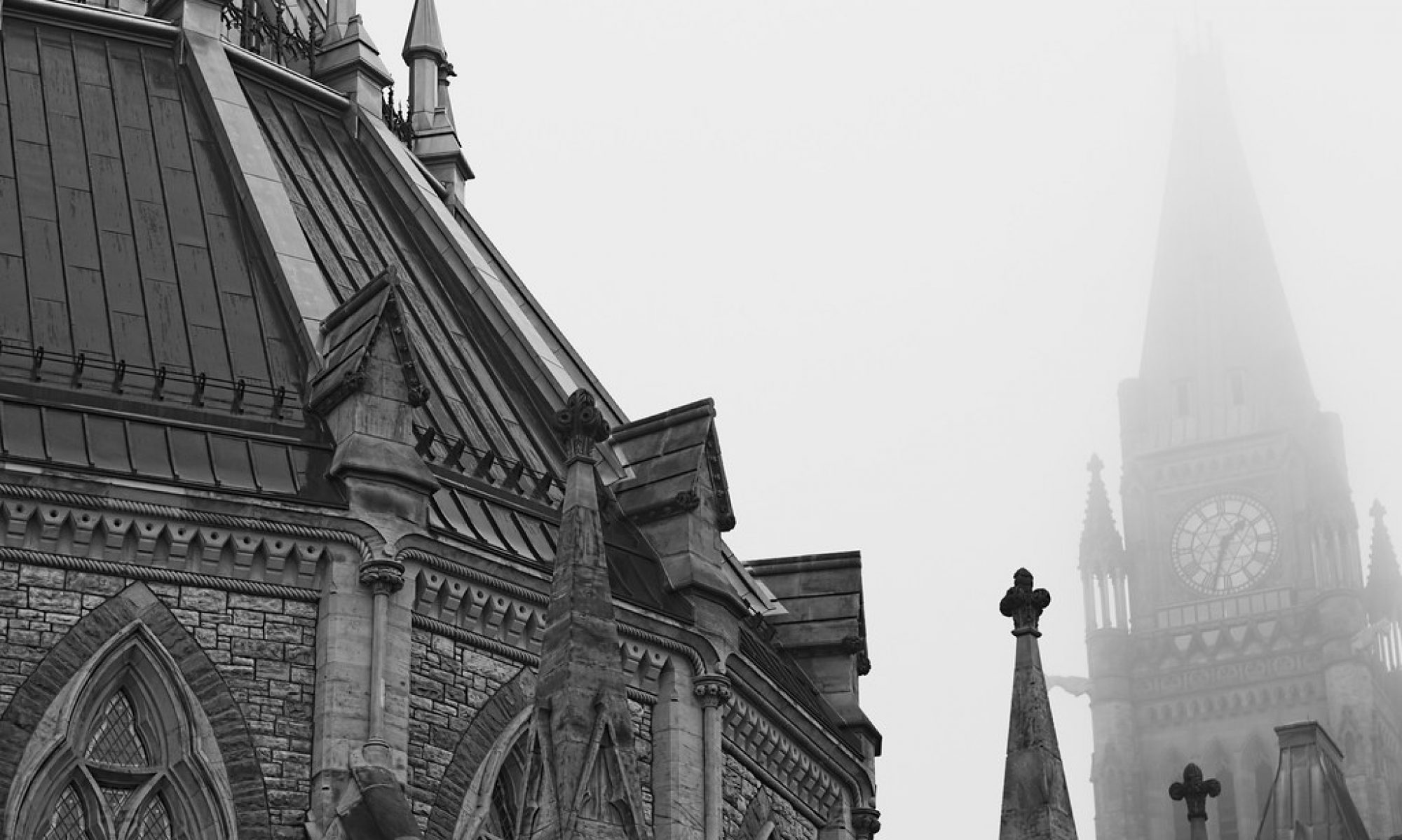Marketing folks love to promote Megapixels when advertising cameras. Are Megapixels what you should be looking at when you are buying a new camera? Not necessarily.
A Megapixel is a million pixels, or “squares” of colour on your monitor or printed photograph.
It is true that more pixels means you can print and display larger pictures. How many Megapixels do you need? You can print an 8×10 picture with a 4 Megapixel camera without any problems. You may not notice any improvement going to a 6, 8 or 10 Megapixel camera if all you are printing is 8x10s or smaller.
Going to higher Megapixels can also be problematic. If you increase the number of Megapixels without increasing the size of your image sensor (the digital chip that captures the image), then you can actually introduce noise in your picture, making things worse.
Read the reviews for cameras, and don’t buy solely on Megapixels. Check out the cameras sensor size, and it’s sensitivety to light (especially in low light situations).
I’ve used a 3 Megapixel camera that takes better pictures than a 14 Megapixel camera I’ve also tested.
For an excellent site for reviewing cameras, ignore the Megapixels and check out Digital Photography Review.


